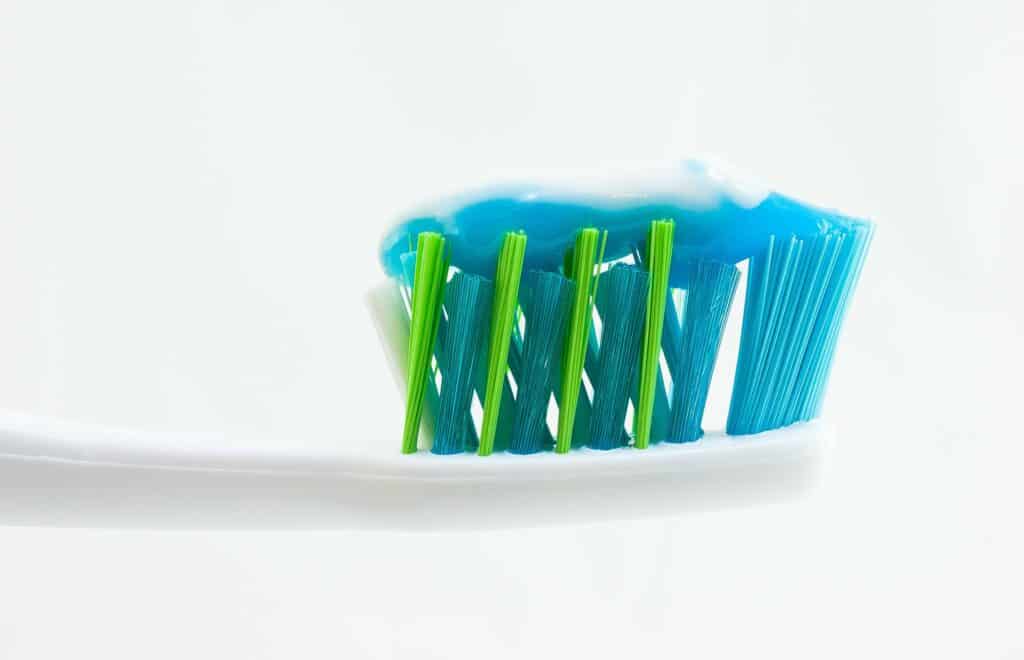Microplastics are now found all over our planet, from the snow on Mount Everest to the waters of the Mariana Trench. And now, it seems they’re coursing through our bloodstreams too.
A study released earlier this year reports microplastic particles in almost 80% of tester participants. Plastic production will likely double by 2040, but research about microplastics’ effects on people is still a new and underfunded field. Scientists don’t yet know the impact of this recent discovery on our health, but it’s a clear cause for concern.
What are microplastics?
Unlike other materials, plastic never fully decomposes. Instead, it breaks down into smaller and smaller pieces, until you end up with microplastics. Plastic debris and particles measuring less than 5 millimetres in length are classified as microplastics.
There are two types of microplastics: primary and secondary. Primary microplastics are used in some cosmetics and products. They often take the form of microbeads – tiny pieces of plastic added as exfoliants to things like toothpastes or shower gels. Secondary microplastics come from the breakdown of larger plastic items.
Because of their tiny size, microplastics can be carried by air and integrated into the sea floor, making their way into breathing systems and food chains. They can also function as carriers to dangerous organic substances, as well as being toxic themselves.
Microplastics In The Blood…
Environment International published a study out of the Netherlands in March this year, evidencing microplastics in the human bloodstream. It’s the first time this type of pollution has been found in our blood.
Lead scientist on the study, Professor Dick Vethaak, said “it is certainly reasonable to be concerned” about the results. “The big question is what is happening in our body?” Vethaak told The Guardian. “Are the particles retained in the body? Are they transported to certain organs, such as getting past the blood-brain barrier? And are these levels sufficiently high to trigger disease? We urgently need to fund further research so we can find out.”
The study analysed blood samples from 22 healthy adults, searching for five different plastics:
- PMMA: used in dentistry and medical applications
- Polypropylene (PP): used in packaging and textiles
- Polymerized Styrene (PS): also known as Styrofoam
- Polyethylene (PE): the most widely used plastic, used to make plastic bags
- PET: used in textiles and food and drink containers.
Of the 22 participants, 17 had microplastic particles – almost 80% of the sample size. The most common plastic type found was PET, with 50% of positive samples. A third contained PS and a quarter PE. Some samples had two or three plastic types.

Ecotoxicology chair at the University of Exeter, Professor Tamara Galloway, was unsurprised. “The fact that just about everyone has microplastic in their blood isn’t so surprising when you consider that just about everyone has plastics additives in their bodies.”
…And Beyond
Blood isn’t the only place in the human body microplastics have been found. Another 2022 study reported microplastics found in all regions of the lungs. High microplastic concentrations in the lungs can lead to inflammation, asthma symptoms and tissue damage.
They’ve also been found in the placentas of pregnant women – an extremely concerning discovery. In pregnant rats, microplastics passed quickly into the organs of their foetuses. Plastic particles abound in our faeces, and permeate our food supply. Just last week, Flinders University researchers reported worryingly high levels of microplastics in South Australian blue mussels.
With the COVID pandemic, single-use plastics have unfortunately turned the tide on plastic reduction in our lives. Urgent action to limit plastic use, deal with its destruction and research into its effects on our health are emerging priorities.
Cover photo by FLY:D on Unsplash.
Follow Maddie’s journalism on Twitter.
Sign Up To Our Free Newsletter